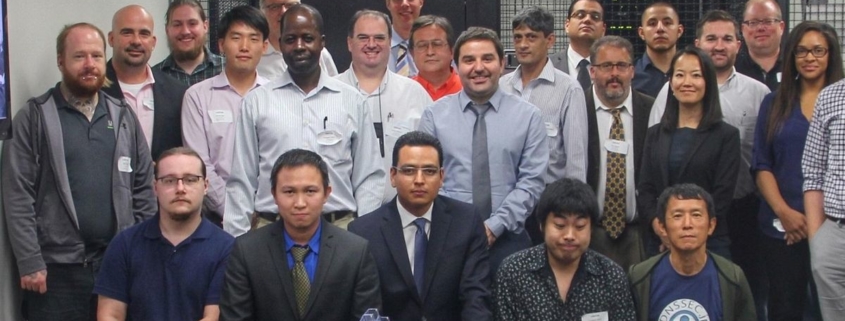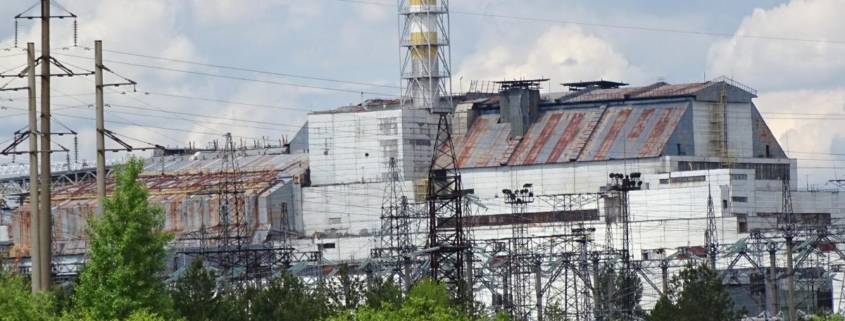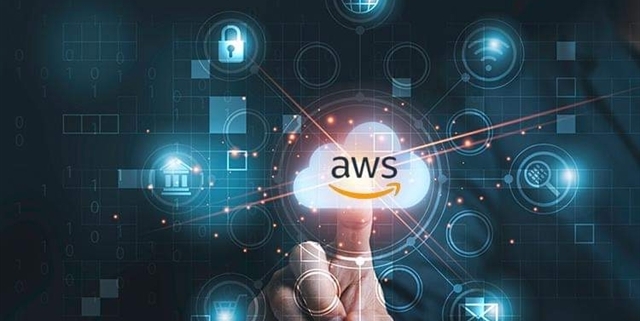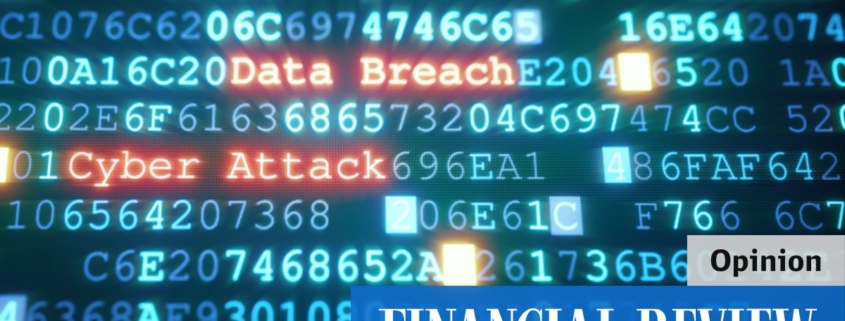ICANN Announces New Root Zone Key to Enhance DNS Security in 2024 Ceremony
Internet security is set to receive a significant boost as the Internet Corporation for Assigned Names and Numbers (ICANN) embarks on an initiative to generate a new root zone key signing key (KSK) for the Domain Name System Security Extensions (DNSSEC). This move, scheduled for the 53rd KSK Ceremony on April 26, 2024, marks a pivotal moment in the ongoing effort to safeguard the authenticity of DNS information related to domain names across the globe.
Reviving the Key Generation Process
Following a hiatus caused by the departure of a crucial equipment supplier, ICANN has successfully identified and onboarded a replacement vendor, setting the stage for the generation of the new KSK. This development not only resumes the previously suspended plan but also reinforces ICANN’s commitment to maintaining a secure and stable DNS infrastructure. The new key is anticipated to undergo replication to an alternate facility in the third quarter of 2024, with its pre-publication in the DNS slated for January 2025, and eventual production deployment by late 2026 after a two-year standby period.
A Comprehensive Outreach for Smooth Transition
Understanding the critical importance of this transition for the global Internet community, ICANN is gearing up for an extensive outreach campaign. This campaign aims to educate and prepare stakeholders for the upcoming changes, ensuring a seamless integration of the new key into the DNSSEC framework. This proactive approach seeks to replicate the success of the key rollover exercise conducted in 2018, demonstrating ICANN’s ability to enhance DNS security without disrupting the broader Internet ecosystem.
Future-Proofing DNS Security
In addition to the KSK generation initiative, ICANN is also exploring avenues to further bolster DNS security through the modification of cryptographic algorithms used in signing the root zone. This reflects a broader strategy to adapt to evolving security challenges and maintain the integrity of DNS operations. By continuously evaluating and implementing advanced security measures, ICANN aims to stay ahead of potential threats to the DNS, ensuring its resilience and…





